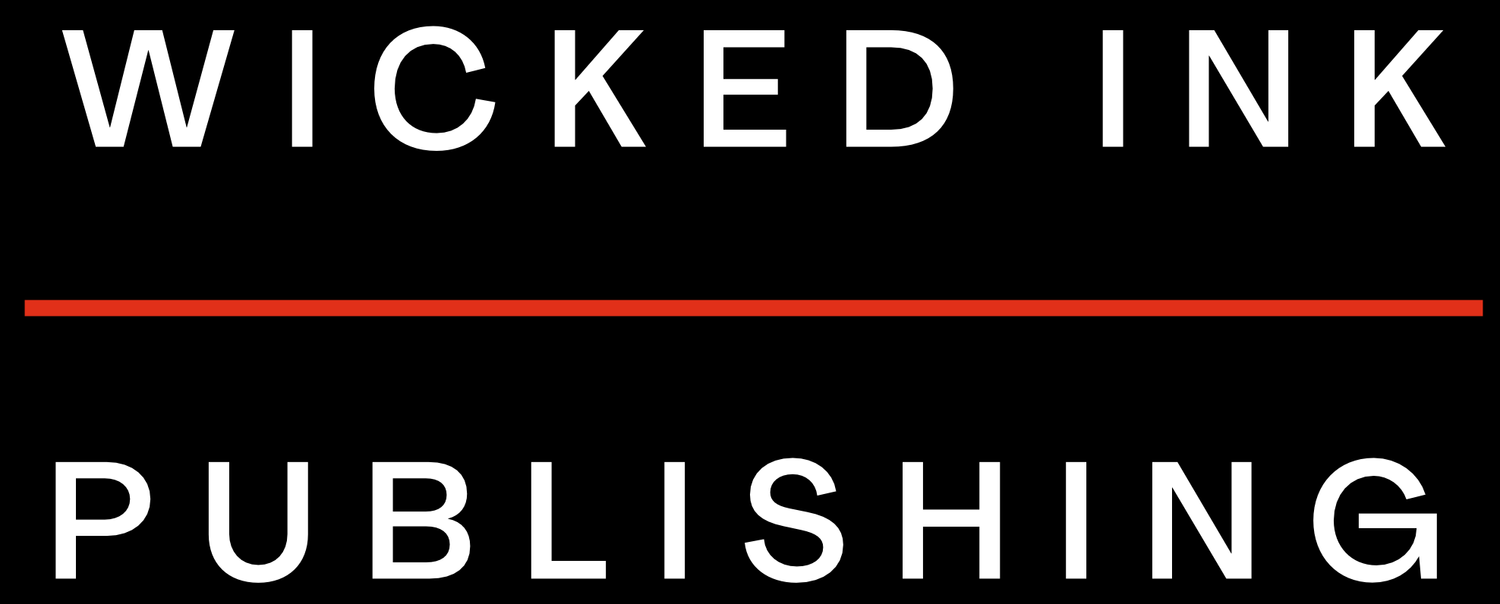The Ultimate Proofreading Checklist: How to Catch Every Error
Whether you’re a seasoned author, a business professional, or a student working on an important paper, proofreading is an essential step in the editing process. Even the most carefully written work can contain errors that slip through the cracks. That’s where a solid proofreading strategy comes in.
This ultimate proofreading checklist will help you catch every error and polish your writing to perfection.
1. Start with a Fresh Perspective
Before diving into proofreading, step away from your work for a few hours or even a day. This allows you to return with fresh eyes and makes it easier to spot mistakes. Approaching your writing with a fresh perspective reduces the likelihood of overlooking errors and enhances objectivity.
2. Check for Common Grammar and Punctuation Mistakes
Errors in grammar and punctuation can undermine your credibility. Be sure to look for:
Subject-verb agreement (e.g., "She runs" vs. "She run")
Misplaced or missing commas (e.g., "Let’s eat, Grandma!" vs. "Let’s eat Grandma!")
Apostrophe misuse (e.g., "its" vs. "it’s")
Dangling or misplaced modifiers (e.g., "Walking down the street, the trees swayed in the wind." → Who’s walking?)
Run-on sentences and fragments
Incorrect verb tenses (e.g., switching between past and present without consistency)
Confusing pronouns (e.g., unclear antecedents)
3. Scan for Spelling Errors and Typos
Even with spellcheck, mistakes can still slip through. Carefully scan for:
Homophones (e.g., "their" vs. "there" vs. "they’re")
Incorrect word substitutions (e.g., "form" instead of "from")
Double words (e.g., "the the")
Commonly confused words (e.g., "affect" vs. "effect")
4. Ensure Consistent Formatting and Style
A polished document maintains a consistent style throughout. Pay attention to:
Font size and type (avoid mixing multiple fonts unless necessary)
Margins and spacing (keep formatting uniform)
Bullet points and numbering consistency (ensure lists follow the same structure)
Capitalization rules (e.g., are job titles consistently capitalized?)
Italicization and bold usage (ensure consistency in emphasis)
Use of quotation marks and citations (verify correctness in dialogue or sourced material)
5. Verify Sentence Structure and Clarity
Well-structured sentences improve readability. Watch for:
Overly long or complex sentences (break into shorter, more digestible sentences)
Passive voice overuse (e.g., "The report was written by John" → "John wrote the report.")
Unnecessary filler words (e.g., "basically," "in order to")
Awkward phrasing (revise for clarity and smoothness)
Redundant phrases (e.g., "past history," "free gift")
Logical flow (ensure smooth transitions between ideas)
6. Double-Check Facts, Names, and Numbers
If your writing includes facts, statistics, or proper names, verify their accuracy. Mistakes here can damage credibility. Be meticulous in checking:
Dates and timelines (ensure chronological accuracy)
Spelling of names and places (confirm correctness, especially in official documents)
Math calculations and numerical values (double-check for precision)
Consistency in reported figures (ensure numerical data remains consistent throughout the document)
7. Read Aloud for Flow and Readability
Reading your work aloud helps you catch awkward phrasing, missing words, and unnatural rhythms that silent reading might overlook. This technique allows you to:
Identify awkward sentence structures
Detect missing words
Hear inconsistencies in tone or pacing
Ensure dialogue sounds natural
8. Use Technology Wisely
While spellcheck and grammar tools like Grammarly or ProWritingAid can help, they are not foolproof. Always combine them with manual proofreading. Additionally:
Set grammar tools to the correct language or dialect (e.g., American vs. British English)
Be cautious of over-reliance on AI-generated suggestions
Double-check flagged suggestions before accepting them
9. Get a Second Set of Eyes
A professional proofreader or an experienced editor can catch errors you might have missed. Having an unbiased perspective is invaluable. Consider:
Asking a trusted colleague, friend, or mentor for feedback
Hiring a professional editor for critical documents
Utilizing peer review for academic or technical papers
10. Proofread Again!
After making corrections, do a final proofread to ensure everything is flawless. A single overlooked error can make a big difference in professionalism. In this final pass, focus on:
Overall coherence and organization
Grammar, punctuation, and spelling
Formatting and consistency
Any last-minute revisions
Need a Professional Proofreader?
Even with the best checklist, it’s easy to miss something in your own writing. That’s where we come in! Our professional Proofreading service ensures your work is error-free, polished, and publication-ready. Contact us today to help perfect your writing!
